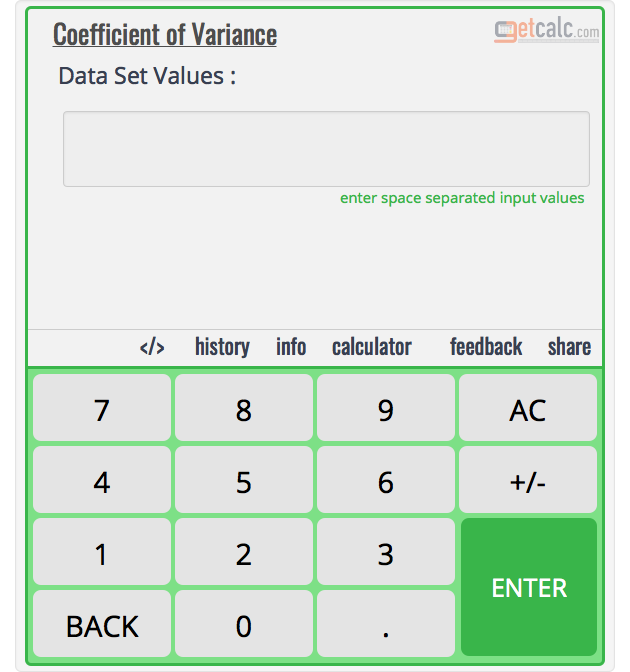

Since the interval doesn’t contain the hypothetical mean of 78, once again we are justified in rejecting the null hypothesis (with 95% confidence). This yields a 95% confidence interval of (63.10, 73.70). Confidence intervalĪs described in Confidence Intervals for Sampling Distributions, we can define the confidence interval associated with the t distribution asĮxample 3: Calculate the 95% confidence interval for Example 2 T1_TEST (R1, hyp, tails) = the p-value of the one-sample t-test for the data in array R1 based on the hypothetical mean hyp (default 0) where tails = 1 or 2 (default).įor Example 2, the formula T1_TEST(A5:D14, 78, 2) will output the same value shown in cell Q56 of Figure 5, namely p-value =. Real Statistics Function: The Real Statistics Resource Pack provides the following function: The following Real Statistics function fills in this gap. Worksheet FunctionĪs described in Paired T-Test and Two-Sample T-Test, Excel provides a T.TEST function that supports paired-sample and two-sample t-tests, but not the one-sample t-test. Such cells will be ignored in the analysis. The input data for the one-sample t-test can have missing data, indicated by empty cells or cells with non-numeric data. Note that in Excel 2007 we calculate p-value = TDIST( t, df, 2) = TDIST(3.66, 39, 2) =. 926 2.02 once again we reject the null hypothesis. Note that if we had used the normal distribution for the hypothesis testing as described in Sampling Distributions we would have gotten the following result: This means there is an 8.8% probability of achieving a value for t this high assuming that the null hypothesis is true, and since 8.8% > 5% we can’t reject the null hypothesis. 05 = α, the null hypothesis is not rejected. Since Excel only displays the values of these formulas, we show each of the formulas (in text format) in column G so that you can see how the calculations are performed. the program is not effective Testing Assumptionsįrom the box plot in Figure 2, we see that the data is quite symmetric and so we use the t-test even though the sample is small.įigure 2 – Box plot for sample data Test ResultsĬolumn E of Figure 1 contains all the formulas required to carry out the t-test. from an earlier study, that overall weight gain is unlikely). Usually, we conduct a two-tailed test since there is a risk that the program might actually result in weight gain rather than loss, but for this example, we will conduct a one-tailed test (perhaps because we have evidence, e.g. We judge the program to be effective if there is some weight loss at the 95% significance level. Can we conclude that the program is effective?Ī negative value in column B indicates that the subject gained weight. To test this claim 12 people were put on the program and the number of pounds of weight gain/loss was recorded for each person after two years, as shown in columns A and B of Figure 1. One-tailed t-testĮxample 1: A weight reduction program claims to be effective in treating obesity. We can’t use the t-test for a sample consisting of cholesterol levels for the same person at different points in time. If, for example, we are interested in the mean cholesterol level of a population, then our sample must consist of the cholesterol levels of people chosen at random. The other assumption for the t-test is that we have a random sample. The impact of non-normality is less for a two-tailed test than for a one-tailed test and for higher alpha values than for lower alpha values.

The coefficient of skewness is relatively small.The mean is approximately equal to the median.the median is in the center of the box and the whiskers extend equally in each direction

The boxplot is relatively symmetrical i.e.The following are indications of symmetry: This can be determined by graphing the data. In particular, the test provides good results even when the population is not normal or the sample size is small, provided that the sample is reasonably symmetrically distributed about the sample mean. It turns out that the one-sample t-test is quite robust to moderate violations of normality. The t distribution provides a good way to perform one-sample tests on the mean when the population variance is not known provided the population is normal or the sample is sufficiently large so that the Central Limit Theorem applies (see Properties 1 and 2 of Basic Concepts of t Distribution ).


 0 kommentar(er)
0 kommentar(er)
